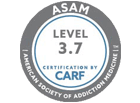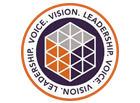Clinical research confirms that people who recover from one addiction are at increased risk of evolving another (Koball). For example, most stimulant, sedative and opiate addicts gain significant amounts of weight during the first 30 days of residential treatment. But oxidized food addiction, the top killer in the world, does not usually take people out until later on in life.
Although oxidized food addiction is the most common feel-good or feel-better replacement behavior used during early recovery from drug addiction, rehabilitation and self-help hookups and romances more frequently trigger painful feelings during early recovery that can lead to drug relapse and death.
Similarly, a gambling, gaming, shopping, and other behavioral addiction can replace a person’s drug(s) of choice, and result in guilt, shame and other ill feelings that can lead back to one’s drug(s) of choice.
Treating Drug Addiction and Behavioral Addictions
Primordial recovery program designers were fully aware that both drug use disorders and non-drug addictions are behavioral disorders. They also knew that behavioral addictions can lead to drug addictions and drug addictions can lead to behavioral addictions. Of course drug addiction and behavioral addictions can and do run together.
These are among the reasons why quality recovery programs provide a therapeutic war strive to replace feel-good addictive drugs and addictive behaviors with non-addictive feel-good thoughts and actions. People in recovery learn, for example, that gratitude feels better than thanklessness. Acceptance feels better than opposition. Peace feels better than war. Love feels better than hate. Forgiveness feels better than revenge. Silence feels better than gossip. Helping feels better than hurting.
Royal Life Centers provides the basics regarding most other drug and behavioral addictions. This is why marijuana dependent people are also informed about their increased risk for other common drug and behavioral addictions.
Drug Addiction v Behavioral Addiction: What’s the Difference?
Behavioral addictions and drug addictions sound different because one boosts happy-brain-juice (dopamine) without using a drug and the other boosts dopamine by using a drug.
They are the same because they both can boost dopamine and have uncomfortable withdrawal symptoms associated with withdrawal or dopamine depletion. Both behavioral and drug addictions render their subjects powerless over their repetitive self-defeating behaviors.
Both can hit emotionally and physically painful bottoms. Both can lead to death as a direct result of their untreated addiction. Each can lead to the other, and they can coexist. The recovering alcoholic can start gambling and eventually become both, or move on to heroin.
Like a stone thrown in a pond, personal actions and consequences of both addict types ripple out to effect their families, friends and society.
Both addict types are often haunted by fear, shame, guilty, anger and unhappiness.
Both have very similar, if not essentially the same, clinical treatment plans and self-help meeting textbooks.
A Closer Look
Let’s look at each type individually.
The Alcohol or Drug Addict
Substance Use Disorders Consist of Uncontrollable Repetitive Self-Defeating Acts
People take psychoactive substances in order to experience a predictable short-term dopaminergic reward. Drugs are used with the promise of feeling better or feeling good.
Alcohol and cannabis are used to relax or induce sleep while stimulants are used to improve focus and productivity. Nicotine is used to improve focus, productivity and simultaneously reduce anxiety.
Regardless of the drug and corresponding temporary reward(s), “relaxed” can change to “anxious,” “tired” can change to “sleepless,” “focused” can change to “distracted,” and “productive” can change to “less efficient” as drug withdrawal ensues.
Drug and alcohol dependence is like getting a joyous short-term loan with a ridiculous interest rate, compounded daily.
The more one uses a drug for a particular reward, the harder it is to achieve that benefit. For example, the more one drinks wine in order to fall asleep, the more difficult it is to fall asleep, stay asleep or get a restful sleep. Initially, a glass or two does the trick. Then three glasses are needed, and so on and so forth.
The substance abuser is usually blinded, regarding the consequences of their drinking or drugging, by the romantic whispers and touch of their drug(s) of choice. Substance abusers love their drug(s) of choice more than life itself and dysfunctional love is blind.
Denial or not, the consequences of drug addiction spill into what often becomes a bad day, evening and night, which compels addicted people to continue using under the illusion that a drug(s) will make it a good day, evening and night without feel-lousy interest payments.
Behavioral Addictions Consist of Uncontrollable Repetitive Self-Defeating Acts
People engage in behavioral addictions in order to experience a predictable short-term dopaminergic reward. People engage in behavioral addictions with the promise of feeling better or feeling good.
The Behavioral Addict
For the gambler it’s the dopamine surge that accompanies the day-dream that their up and coming bet(s) will make their life more financially comfortable. A horrible depression-, guilt- and shame-crash instantly happens when they lose. Pathological gambling can and does lead to bankruptcy, divorce, unemployment and suicide. Not realizing that any operating casino’s bank account is larger than the gambler’s, and the card counter’s book method was so profitable that he needed to write the book for money, are just two illustrations of the gambler’s denial and conviction that he is terminally unique: Stupid people don’t know how to gamble. I know what I’m doing.
Sex and love addicts rely on orgasm and/or intimacy in order to grasp at happiness. Casual hookups or intimacy during early recovery can breed very high highs and very low lows.
Oxidized food addicts rely on oxidized food in order to be happy. This bottom is a slow and terrible death popularly known as heart attack, cancer, stroke, diabetes type 2, and Alzheimer’s.
Regardless of the behavioral addiction type and corresponding dopamine boost, “happiness” can change to “unhappiness,” “great expectations” can change to “disappointment,” “relaxed” can change to “tense,” and “hope” can change to “suicidal ideation” as action withdrawal ensues.
The more one engages in a behavioral addiction for a particular reward, the harder it is to achieve that benefit. The more one engages in gambling in order to perceive happiness by day-dreaming about a big win, the more difficult it is to be happy outside the planning and execution of the last bet and the next bet.
Compulsive gamblers and cocaine addicts are very similar. Both experience gradual increases of dopamine hours to days before they actually bet or use, with a large spike in dopamine while actually gambling and using, and then a horribly sudden drop in dopamine to the point of suicidal ideation or overwhelming fear and depression.
The behavioral addict is usually blinded to the consequences of their addictive behavior(s) by the romantic whisper of their action(s) of choice. Behavioral addicts love their act(s) of choice and dysfunctional love is blind.
Denial or not, the consequences of behavioral addiction spill into what often becomes a bad day, evening, and night. This compels addicted people to continue using under the illusion that an act(s) will once again instantly make it a good day, evening and night without feel-lousy interest payments.
Common Behavioral, Process or Psychiatric Addictions Include:
- Oxidized food addiction
- Sex & love addiction
- Gambling & gaming addiction
- Shopping addiction
Which Comes First? Which is the Gate Addiction?
The gateway to addiction varies from person to person. Some enter the addiction expressway via a repetitive self-defeating behavior. Others begin with a drug.
The most common gateway addictions are:
- Oxidized Food Addiction occurs when the main source of happiness is associated with the consumption of excessive amounts of browned, salted, sugary, starchy, floured & otherwise overly processed convenience foods from an early age. Heated, fried, baked, grilled & sautéed predominates each plate instead of ½ of each plate consisting of raw, steamed and simmered.
- Nicotine Addiction happens via chew, cigarettes, cigars, pipes, vaping and other nicotine delivery systems
- Alcohol Addiction
- Gambling & Gaming Addiction differ in that digital games incorporate free and paid virtual items or currencies, and have the capacity for wagering, while gambling involves money. Certain commodities and equity traders also hit psychosocial and suicidal bottoms.
- Marijuana, Edibles and CBD use, the latter of which is documented as being “nonintoxicating” and “reduces anxiety” (Hurd), are potential gateway drugs for some.
- Pornography is a predominantly male derivative of or precursor to sex addiction. One theory is that males with inadequate interpersonal skills gravitate towards pornography and related asocial venues in order or avoid conversations and activities typically associated with dating and interactions outside the bedroom.
It’s A Two-Way Autobahn
Regardless of whether one’s first addiction is a particular drug or non-drug act, disloyalty is the rule rather than the exception.
Smoking and drinking during poker games is not unusual. Consuming pizza, wings, ribs, and beer while betting on major athletic events is common place. The combinations seem endless.
Regardless of which side of the addiction expressway a person is on, realize that dopaminergic surges and crashes in mood lead to muddy psychosocial bottoms that are often precursors to drawn-out misery and horror. In addition, they are each potentially fatal.
Recovering drug dependent people may wish to take a recovery insurance policy by viewing each addictive behavior as just another drug that can get them back to their drug of choice.
People recovering from a behavioral addiction might view a drug as just another potential behavioral addiction that can get them two self-destructive addictions.
While the repetitive self-defeating behavior associated with drug and behavioral addictions may seem compulsive and uncontrollable, treatment options are available.
Reach Out
If you or someone you know is struggling with drug and other behavioral addictions, please reach out to our addiction specialists for guidance and support, at (877)-RECOVERY or (888) 308-1985. Our addiction specialists make themselves available to take your call 24 hours a day, 7 days a week. Because We Care.
References:
Koball AM, et al, From substances to food: an examination of addiction shift in individuals undergoing residential treatment for substance use. Addiction Research & Theory, 27(4) 2019.
Hurd YL, et al, Cannabidiol for the Reduction of Cue-Induced Craving and Anxiety in Drug-Abstinent Individuals With Heroin Use Disorder: A Double-Blind Randomized Placebo-Controlled Trial. American Journal of Psychiatry, 21 May 2019.












